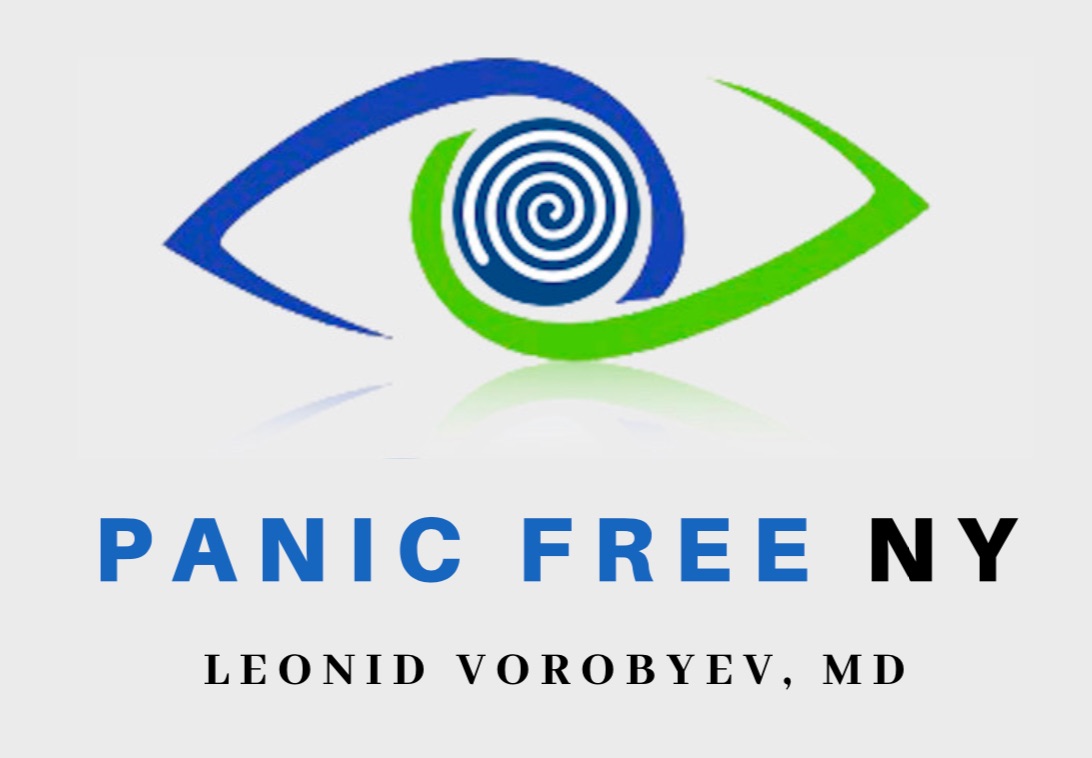
From 1992 to 2003, misuse of opioid prescription painkillers increased by 140%.
Americans, who represent less than 5% of the world’s population, are by far the largest group of opioid users; 80% of the world’s supply of opioids (and 99% of the hydrocodone available globally) are used by people in the United States.
The increase in the legitimate use of opioids has been paralleled by a rise in abuse of these drugs, with a 63% increase in opioid deaths during the 5-year period from 1999 to 2004.
Multiple investigations have shown prevalence of drug abuse around 20% and as high as 58% in patients receiving opioids for chronic pain.
According to the 2005 National Survey on Drug Use and Health:
— Almost 2 million Americans are opioid dependent
— Approximately 4.7 million teenagers and adults used opioid prescription painkillers for nonmedical purposes.
Approximately 32.7 million Americans report having used opioid prescription painkillers for nonmedical purposes at least once in their lives.
Disease
Opioid dependence is recognized by the World Health Organization as a brain disease. Opioid dependence is a condition that involves the physical, psychological, and behavioral need for an opioid, and affects every aspect of a person’s life. The misuse of opioids can create
When an opioid-dependent person stops taking opioids, severe physical withdrawal symptoms occur, and he/she often develops intense cravings for the drug. These cravings can be so powerful that people find it extremely difficult to stop taking opioids. The social stigma attached to opioid dependence is so strong that some people will continue using opioids than risk possible exposure by seeking treatment
Treatment
Historically, the primary treatment option for patients with opioid dependence has been methadone, most often administered in a clinic setting. Psychosocial counseling is a critical component of opioid-dependence treatment. A new treatment option has been available since 2003, which can be prescribed by trained physicians in the privacy of an office setting. Opioid dependence can now be managed medically—in the same way other chronic illnesses like diabetes and hypertension are managed. Many individuals are more inclined to be treated in the privacy and convenience of a physician’s office. According to several conservative estimates, every dollar invested in opioid-dependence treatment may yield a return of between $4 and $7 in reduced drug-related crime, criminal justice costs, and theft alone. When savings related to health care costs are included, the ratio can equal 12:1 for every dollar invested.

